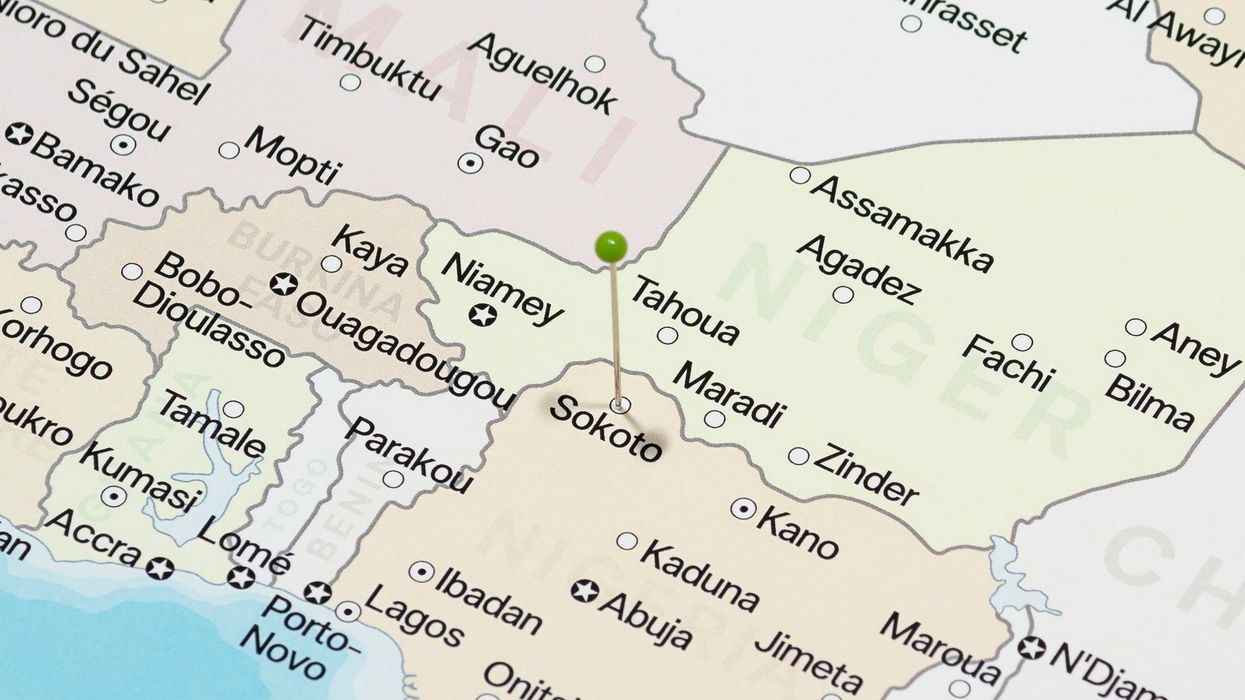North Korea’s rubber-stamp parliament, the Supreme People’s Assembly, recently passed a law authorizing the preemptive use of nuclear weapons against imminent threats.
North Korea had never ruled out a possibility of nuclear first use, but at least on paper, its first nuclear law from April 2013 did not go beyond retaliatory second strikes. The new law effectively removes the ambiguity regarding the North’s possible willingness to resort to a first strike.
North Korea’s new law may appear recklessly provocative and offensive, risking “an overwhelming response from the U.S.-South Korea alliance” and “entering a path of self-destruction,” as the South Korean defense ministry spokesperson stated. But in North Korea’s thinking, clarifying its first-strike option could be a reasonable defensive move to raise the cost of U.S. and South Korean military actions against the regime.
The new law tells us a lot about the “security dilemma” logic — two antagonistic states see threats in each other’s efforts at enhancing their own security and so respond with countermeasures. Eventually they get locked into a vicious cycle of escalating confrontation. The United States and South Korea’s actions to defend their position of advantage against North Korea’s nuclear threat, such as keeping the country economically limited by imposing stringent sanctions and regularly conducting joint military exercises, have eroded Pyongyang’s confidence in its own security and has triggered the North Korean leadership to pursue, and at times brandish, nuclear weapons.
At the beginning of this year, North Korea’s Party Central Committee called for “thorough preparation for a long-term confrontation” after assessing that U.S. sanctions and military hostility “have reached a danger line that can not be overlooked anymore.” Indeed, North Korea this year has been exceptionally assertive — test-firing over 30 missiles, including an international continental ballistic missile capable of reaching U.S. territory, and preparing to conduct its first nuclear test since 2017.
And now, by having enshrined in the supreme law his right to fire a nuke anytime he feels his survival is at stake, North Korean leader Kim Jong Un is sending a blunt message that the only way to avoid a nuclear war in Asia is to keep his regime alive and unchallenged.
In the face of heightening North Korean aggression, the United States and South Korea have responded with a countervailing show of force by ramping up joint military exercises. Over the past months, Washington and Seoul conducted unprecedented air drills featuring F-35A stealth jet fighters, special force exercises including a simulated decapitation of the North Korean leader Kim Jong Un, and large-scale Korean peninsula war simulation drills.
And this week, the USS Ronald Reagan aircraft carrier and its strike group are traveling to South Korea for the first time in five years for combined exercises. Washington and Seoul’s intensifying military engagement, along with the recent activation of the high-level U.S.-South Korea deterrence strategy group to “broadly counter” the North Korean threat, all but signal an uncompromisingly tough posture against Pyongyang’s assertive actions.
To be sure, it is understandable that Washington and Seoul find doubling down on deterrence and sanctions necessary for keeping Pyongyang from taking high-risk actions that increase the chance of war. But this logic of “maximum containment” has oftentimes aggravated the security dilemma and proved to be a recipe for escalation throughout many previous U.S. and South Korean administrations.
It may be worth looking back on the Obama administration years when Washington and Seoul single-mindedly focused on containing the North Korean threat. During this period, Pyongyang accelerated its nuclear development and ramped up provocations, and the Korean peninsula steadily trended toward an escalatory path. The result was a more confrontational security landscape on the Peninsula that positioned Seoul and Washington in a no better or even worse place than before.
If the Biden administration and the Yoon administration would like to avoid a similar downward spiral, they need to alter their approaches to North Korea fundamentally and seek to escape the security dilemma.
Escaping would likely require serious confidence-building measures from the U.S.-South Korean side to reduce the North Korean regime’s perennial insecurity about its survival. This could possibly begin with a partial sanctions relief and an indefinite halting of joint military exercises, which to some degree could address Pyongyang’s concern regarding the alliance’s “hostile intent” to undermine its regime.
Replacing the 1953 Korean Armistice Agreement with an “end of war” declaration could also significantly minimize tensions. In return, Washington and Seoul can demand reciprocal North Korean confidence-building measures, including a mutual suspension of provocative military actions, a formal pledge not to further develop their nuclear weapons program, and concrete, step-by-step measures to eventually dismantle its existing nuclear weapons and sites.
The Initial confidence-building efforts could shape a less tense and hostile environment on the Korean peninsula and reduce the chance of pushbacks that frequently occurred in previous negotiations due to extreme mutual suspicion and distrust. Creating a positive reciprocal relationship with North Korea for the long journey of denuclearization and peacebuilding could thereupon become easier than in the past.
Additionally, such an approach can lead to greater regional synergy and create more room for China to play a major positive role. For its own good, Beijing has no interest in supporting any strategy of containment to deal with North Korea, but it has repeatedly shown willingness to support diplomatic engagement with Pyongyang.
As in the Six-Party Talks years, Beijing is capable of playing a critical role in diplomacy with Pyongyang. Proactive regional cooperation that includes China as a mediator could stabilize the overall denuclearization and peacebuilding process. For this to happen however, the deteriorating Sino-U.S. relationship needs to be managed much better.
It is common to blame North Korea’s hostility alone for the prolonged impasse on the Korean peninsula. But, Pyongyang, Washington, and Seoul are also each responsible for the current continued level of tension there today. When Washington and Seoul come to recognize their contribution to the lingering security dilemma and the necessity to make efforts on their part to alleviate it, they may have better luck convincing Pyongyang to abandon its nuclear weapons.
Some might argue that the above kind of maximum engagement proposal has been tried and failed many times before. But in reality, this is not the case. For various reasons, some originating on the North Korean side, some on the U.S. and South Korean side, agreed-upon tension-reduction negotiations and measures (from the 1994 Agreed Framework to the Six-Party Talks) were abandoned because of a temporary setback or a change in administration. Never has there been a full test of the willingness on all sides to create a virtuous cycle of mutually reinforcing confidence-building.
















